Tutoriel d’entraînement
TEF IRN
News / TEF /
Monday 17 March 2025
As of April 1, 2025, the French Language Assessment Test for Integration, Residence and Nationality is changing.
It will certify proficiency in communicating in the French language at levels from A1 to B2 of the European Framework of Reference for Languages (CEFR), in everyday situations.
This development makes it possible to anticipate the new French language proficiency requirements set out by the French government following the promulgation of law no. 2024-42 of January 26, 2024, which aims to ensure more effective integration of foreign nationals through the language.
What changes are in store? How can we prepare for these changes?
In this article, we provide all information on the changes in the TEF IRN and how to better prepare for April 1, 2025.
The TEF Intégration, Résidence et Nationalité (IRN) test is for any foreign nationals over the age of 16 who wish to:
The use of these results is not appropriate to demonstrate language skills suitable for pursuing higher education.
The French Ministry intends to raise language requirements, with an implementation of the law scheduled for January 1, 2026 as the deadline.
| Application | Current required level | Required level under the new law |
| Multi-annual Residence Permit | – | A2 |
| Long-term Residence Permit | A2 | B1 |
| French naturalization | B1 | B2 |
Please note!
The TEF IRN will enable you to obtain certification ranging from A1 to B2, but the levels required for your application will remain unchanged for the time being.
We’ll notify you as soon as we know the exact date on which the law will come into effect.
Following the evolution of the TEF IRN, the total duration of the test will be 1h30 instead of 1h20. Let’s take a closer look at the upcoming changes.
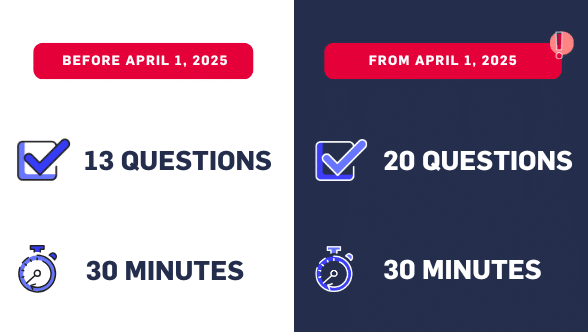
The test will consist of 2 parts:
Part 1: 10 questions of different levels (15 minutes)
Part 2: 10 questions adapted to your level (15 minutes)
What’s changed: the format and number of questions.
What’s new: you’ll have to read more documents from real-life situations, including administrative documents.
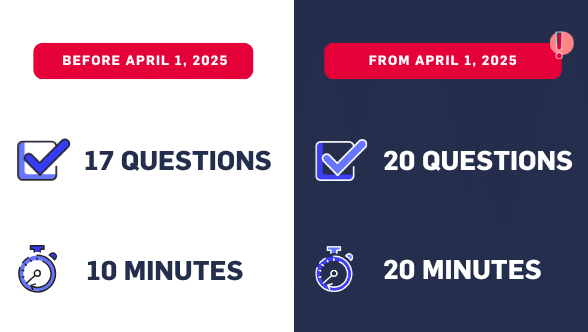
The test will be divided into 2 parts:
Part 1: 10 questions of varying levels (10 minutes)
Part 2: 10 questions adapted to your level (10 minutes)
What’s changed: the format and the number of questions.
What’s new: you’ll hear more audio from everyday life, such as answering machine messages, announcements, on-the-street interview clips and interviews.
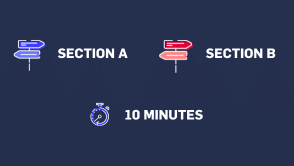
For each section, the examiner will read out the topic to you.
Section A : A telephonic conversation with a friend to obtain information (5 minutes)
Section B: Helping a friend to make a decision (5 minutes)
What’s changed: Sections A and B are interchanged.
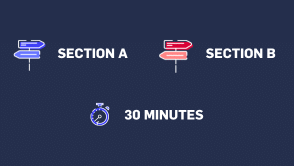
Section A: Write a message to a friend inquiring about him (10 minutes – 40 words)
Section B: An essay to convince someone about your motivations (20 minutes – 100 words)
What’s changed: the number of words for Section B.
Let’s get practical! Below you’ll find all the tools you’ll need to prepare for the exam.
We wish you all a good preparation!

If you are taking the TEF and would like to know everything to prepare for the oral comprehension part of the test, this article is for you!
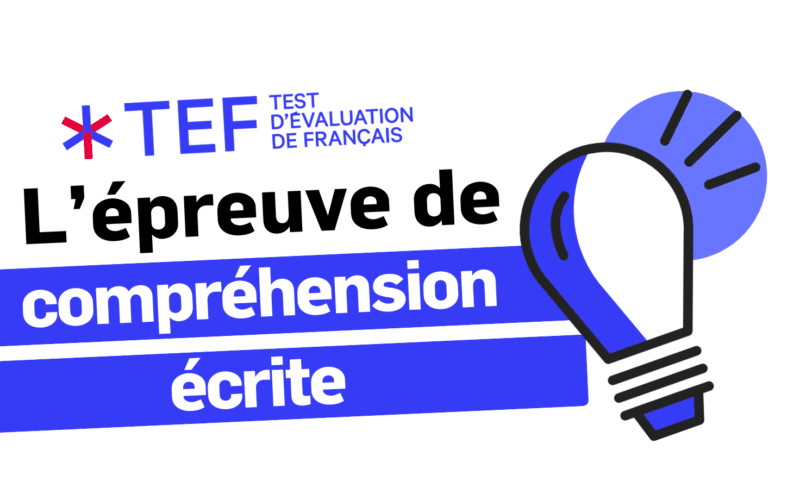
If you are taking the TEF and would like to know everything to prepare for the written comprehension part of the test, this article is for you!
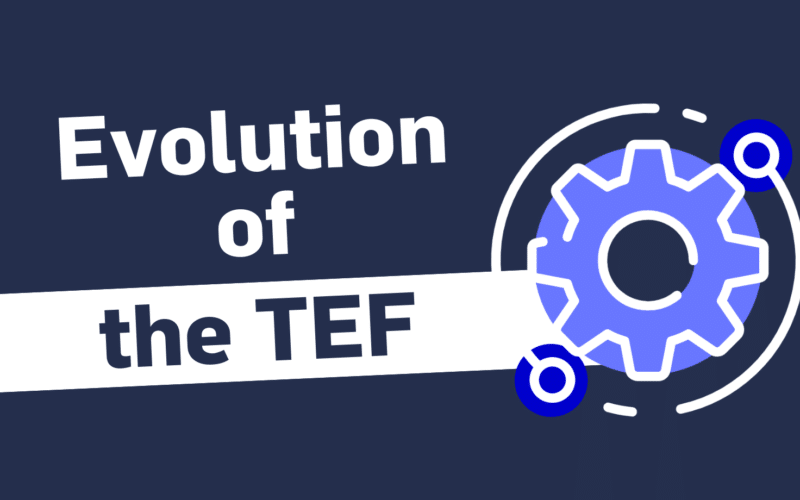
The format of the TEF Oral Comprehension, Written Comprehension and Vocabulary and Syntax is going to change this December, on Monday, the 11th.
